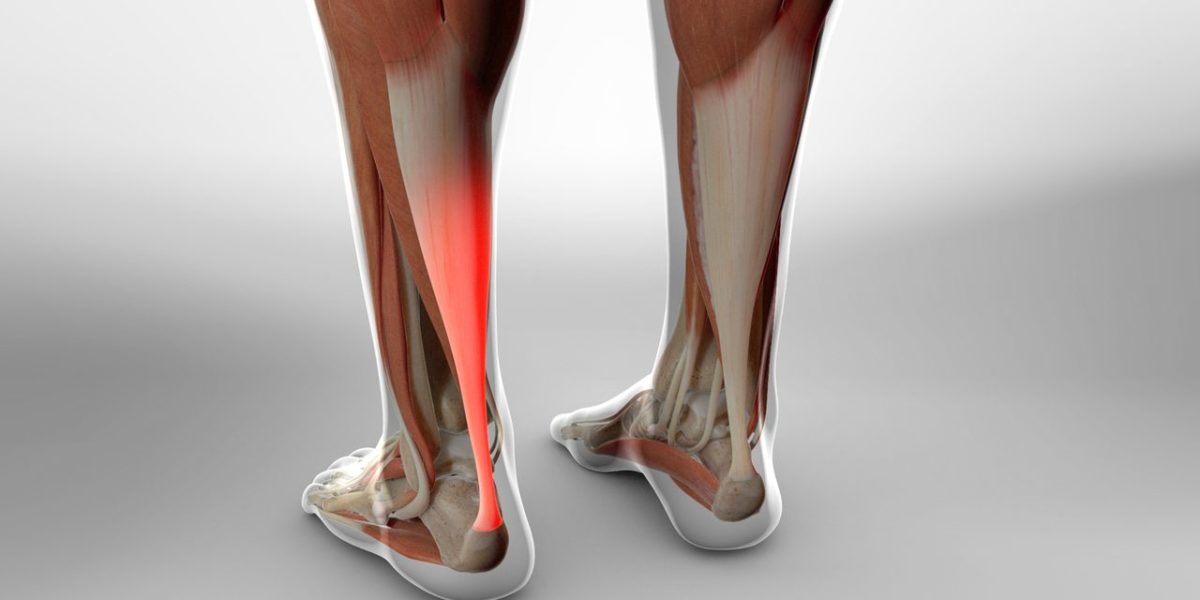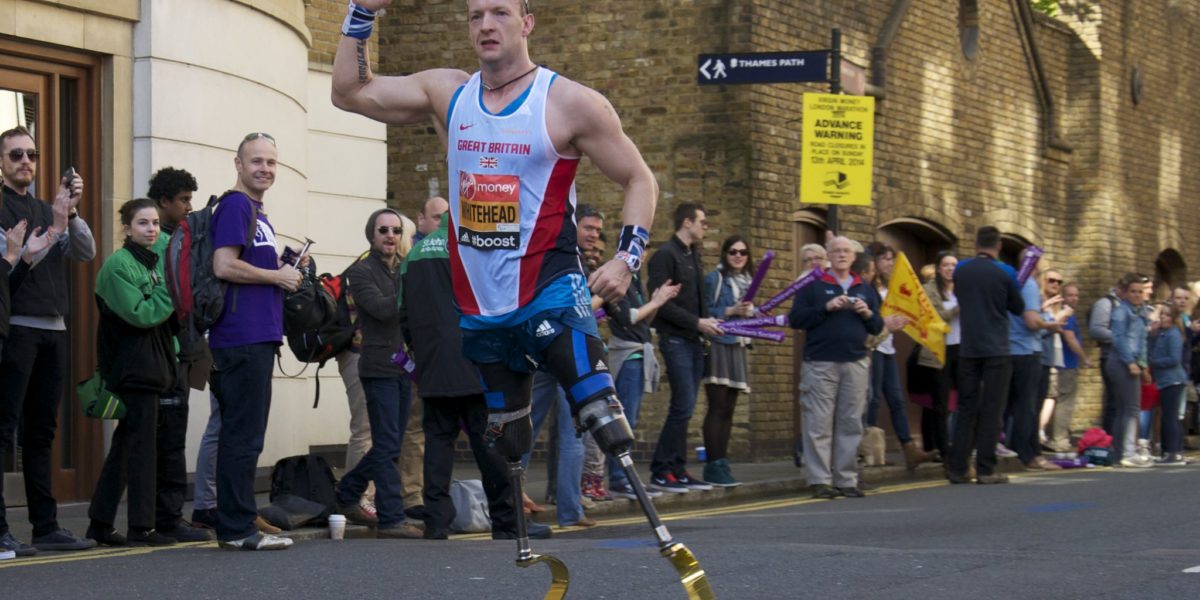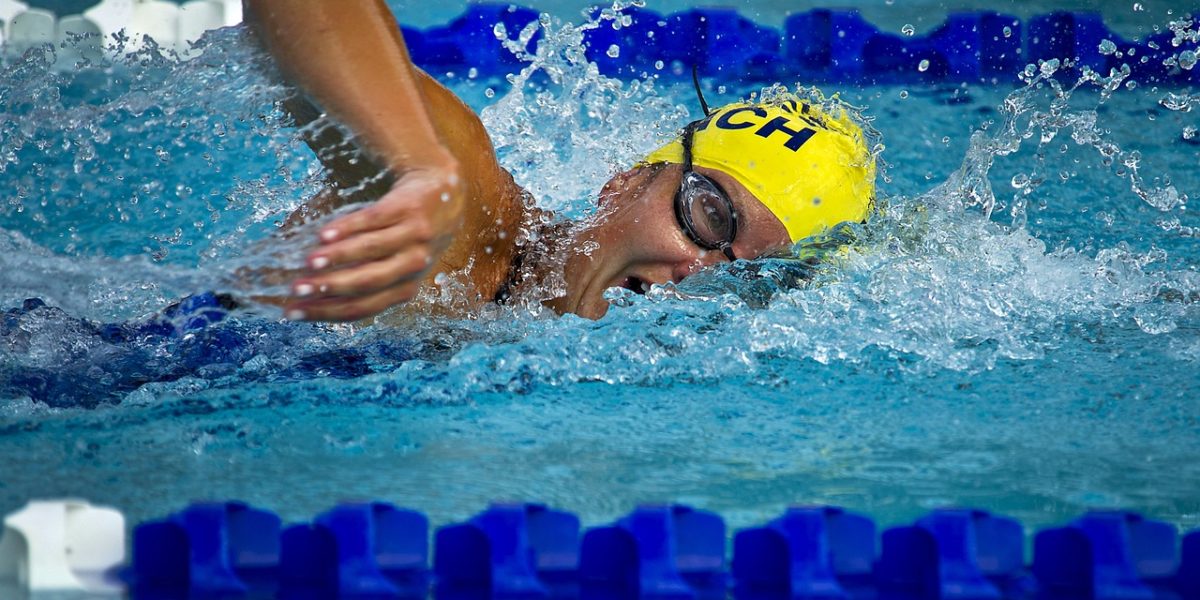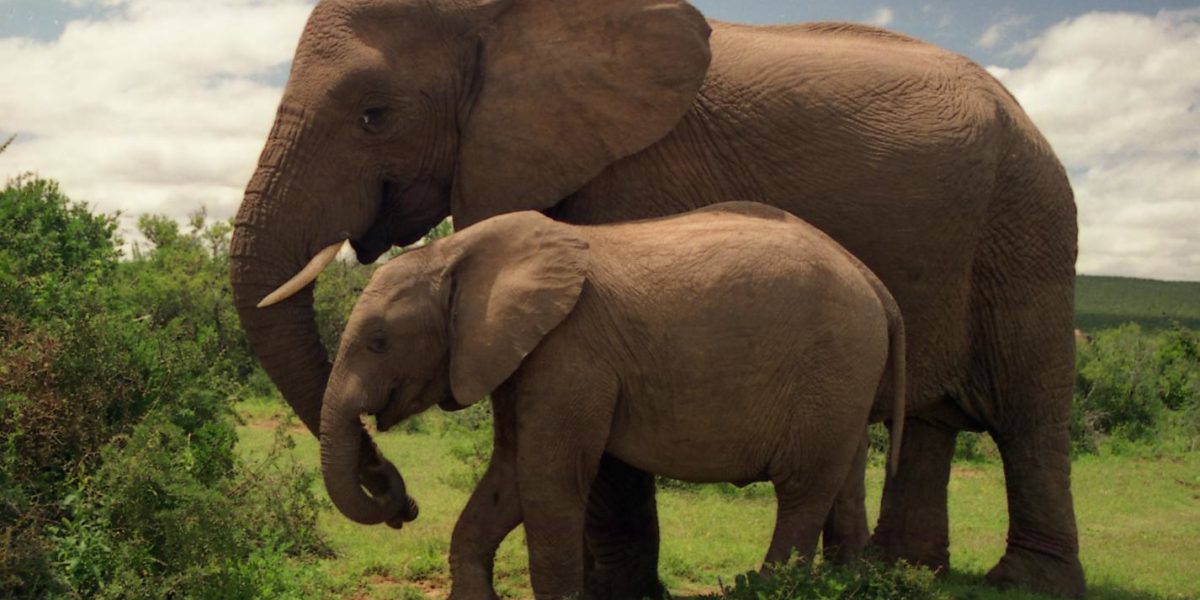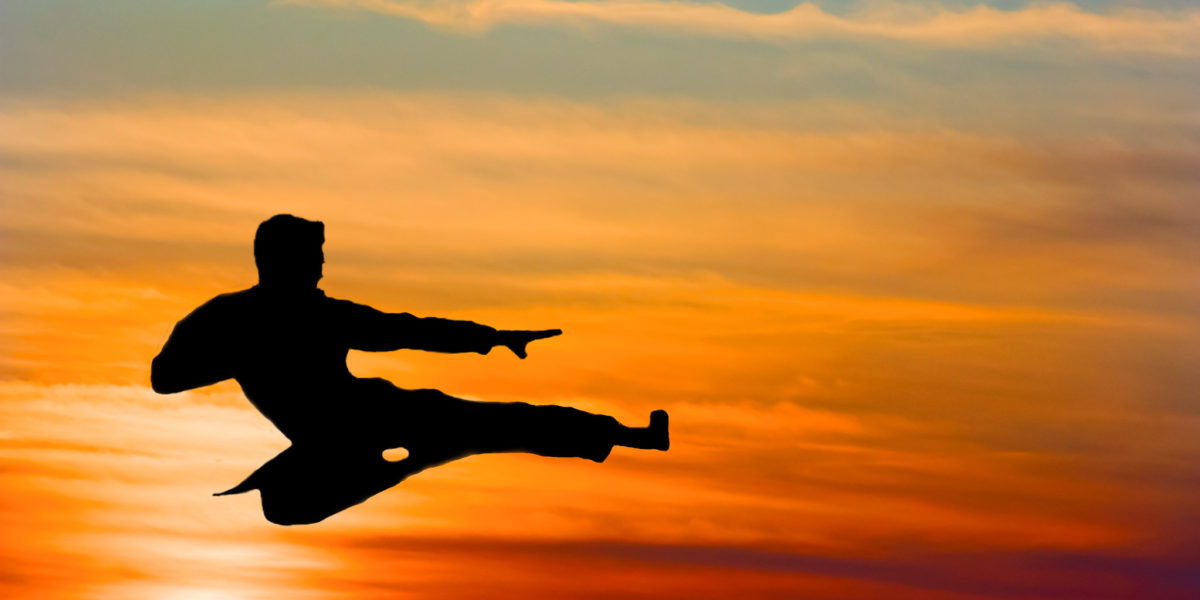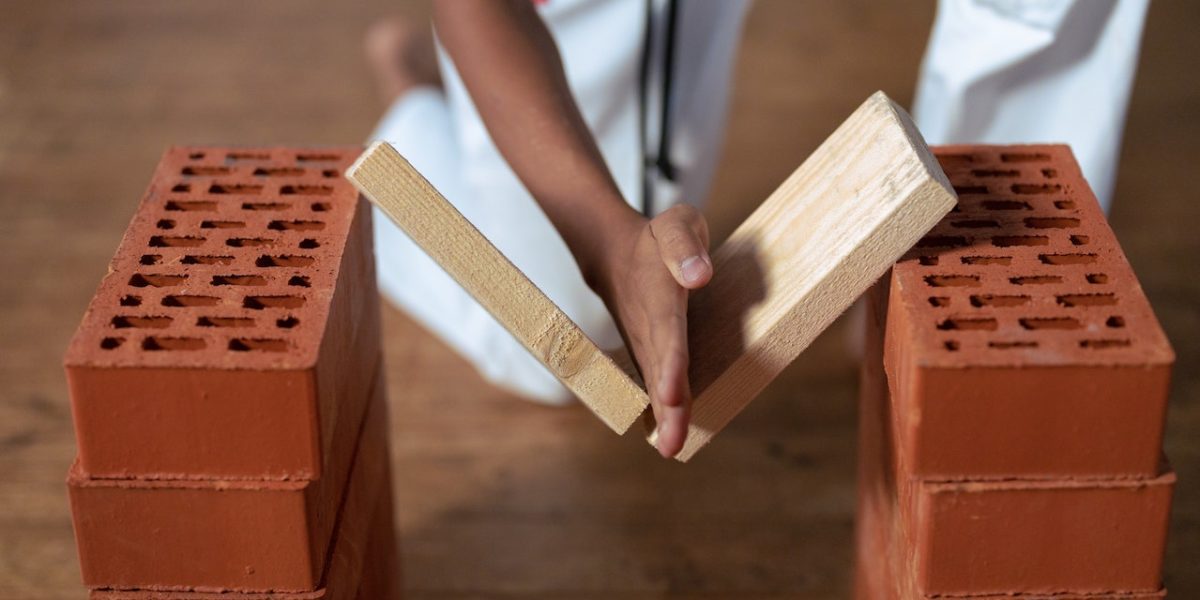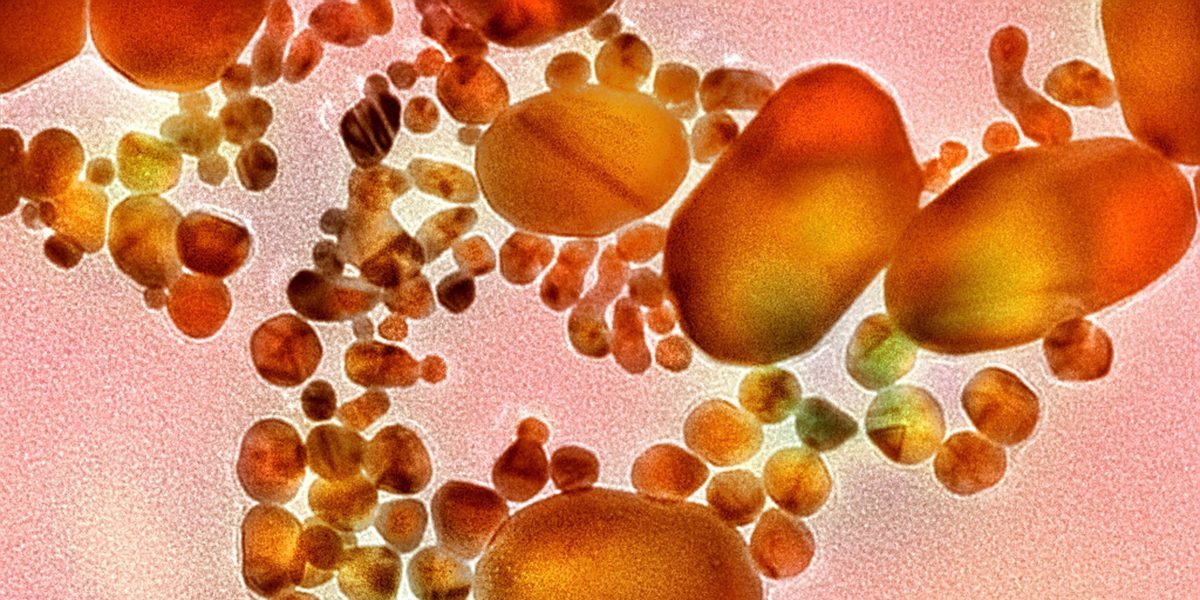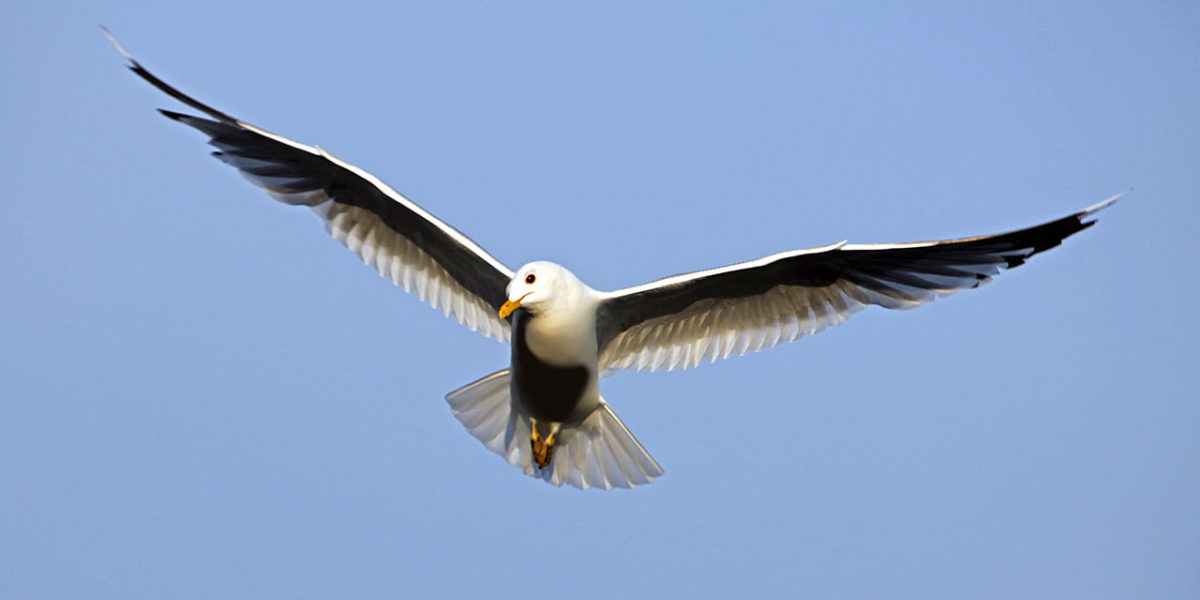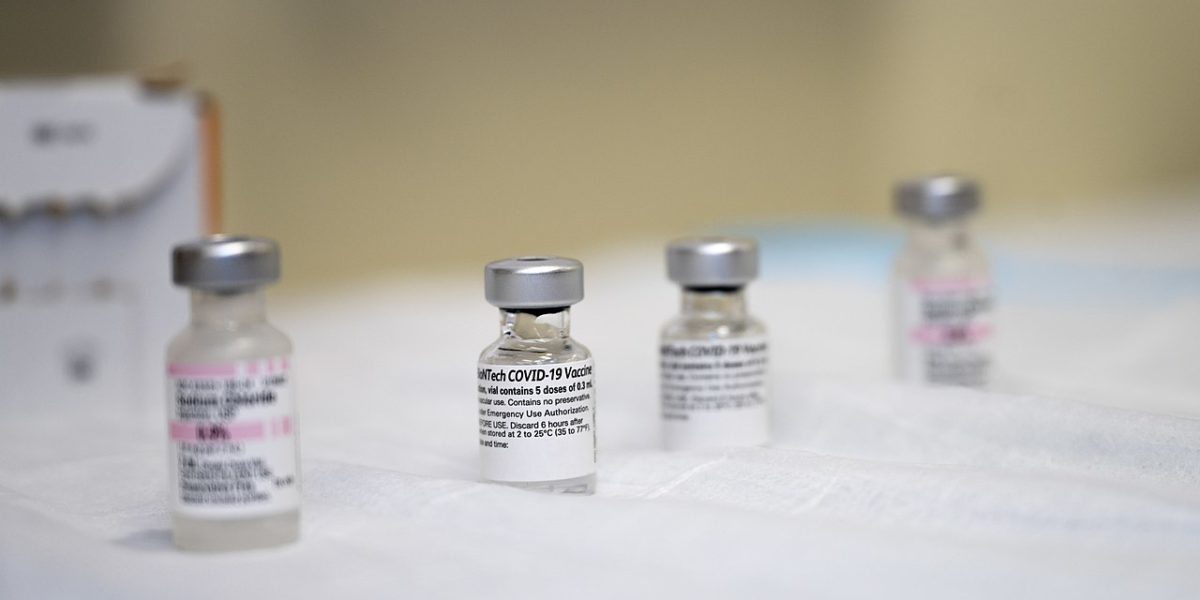Listen in today as we sit down with Nixon Dorvilien and Bendu Yeaney to discuss achilles injuries, specifically in the sport of basketball.
Category: 2021 Spring
The Present and Future Implications of Advanced Prosthetic Limbs in Sports
In this podcast, my guests and I get into detailed discussion and debate on prosthetic limb use in modern-day, and future Paralympic and Olympic sport. We discuss the intricacies of the biomechanics of these devices, and we have ethical discussions as to what should and should not be allowed in sport. Furthermore, we expand our discussion to neurological implants, and their connection to advanced prosthetic limbs, finishing with a discussion of the implications of these devices to the future of society.
Swimming is not a Drag with Dr. Carl Payton
Today on Biomechanics in the Wild, we will be talking with Dr. Carl Payton, a Professor of Sports Biomechanics at Manchester Metropolitan University in Manchester, England. He researches the movement of paraswimmers and is currently working with a team to develop a new classification system for the International Paralympics Committee. He also serves as a support scientist for Great Britain’s Olympic and Paralympic swimming teams.
Paraswimmers are allocated different classifications depending on their disability. Swimmers with a motor coordination, mobility, or limb deficiency are split into rankings S1 through S10, with S10 being those swimmers with the least level of impairment. Swimmers with a visual impairment (S11-S13) or a intellectual disability (S14) are also split into different classes. The goal of this system is to allow the swimmers to compete with swimmers of a similar ability level, to create a level competition field.
Growth under Pressure, forces working to constrain size
Allometry and different constraints on the size of land and sea mammals are discussed in this video. A brief explanation of allometry as well as thermoregulation in sea mammals is described in the video.
Kick like Karate kid
If you have seen the 1984 film “Karate Kid”, you know that the only way the protagonist Daniel LaRusso was able to defeat his nemesis Johnny Lawrence was with a “crane kick” to the chin powerful enough to knock him down allowing Daniel to clench the title of the Karate tournament.
Continue reading “Kick like Karate kid”A striking difference: How combat sports affect bone density
We have all seen it before, whether it is in Hollywood depictions, or watching competitors in the Ultimate Fighting Championship, there is always a sense of awe when watching humans strike and break surfaces with astounding force. Whether it is breaking bricks, a baseball bat or their opponents, the physiological phenomena that allows these athletes to perform such feats results from years of dedicated practice and study. By continuously placing their bodies under immense stresses and impacts, the actual composition and density of the athlete’s bones adapt to provide increased strength and durability. In practice this is done by repetitively striking a hard surface, such as a wooden planks, or a punching bad, with increasing force for a prolonged period of time. Although the practice of bone hardening has roots as ancient as the martial arts themselves, the scientific study of the phenomena has only occurred in the past few decades. So how do these athletes develop exceptionally strong bones?
Continue reading “A striking difference: How combat sports affect bone density”We have all seen it before, whether it is in Hollywood depictions, or watching competitors in the Ultimate Fighting Championship, there is always a sense of awe when watching humans strike and break surfaces with astounding force. Whether it is breaking bricks, a baseball bat or their opponents, the physiological phenomena that allows these athletes to perform such feats results from years of dedicated practice and study. By continuously placing their bodies under immense stresses and impacts, the actual composition and density of the athlete’s bones adapt to provide increased strength and durability. In practice this is done by repetitively striking a hard surface, such as a wooden planks, or a punching bad, with increasing force for a prolonged period of time. Although the practice of bone hardening has roots as ancient as the martial arts themselves, the scientific study of the phenomena has only occurred in the past few decades. So how do these athletes develop exceptionally strong bones?
Continue reading “A striking difference: How combat sports affect bone density”Curing Cancer: a Giant Problem with a Nano- Solution
What if scientists could treat cancer without the extreme side effects of chemotherapy? Could scientists create a tiny way to cure a giant health crisis? Nanoparticle drug delivery systems could be the answer to our prayers.
Continue reading “Curing Cancer: a Giant Problem with a Nano- Solution”Staying airborne: How bird wings are built for aerodynamic and efficient flight
Flight is a concept that has, until relatively recently in history, eluded humanity. However, birds have been successfully flying for approximately 130 million years, proving themselves to be a physical marvel of the natural world. And while our means of flight have historically been crude in design and performance, nature provides an elegant, efficient solution to get creatures off of the ground. Rüppell’s griffon vultures have been recorded flying as high as 37,000 ft, while some species of shorebirds have been recorded flying as far as from Alaska to New Zealand over eight days without stopping. But how exactly do birds seem to effortlessly overcome gravity so effectively? And perhaps more importantly, how might we apply these answers to improve manmade aircraft?
Continue reading “Staying airborne: How bird wings are built for aerodynamic and efficient flight”Innovative plant: How does the dandelion drift its seeds?
How far do you think a dandelion seed can drift from its base plant?
Continue reading “Innovative plant: How does the dandelion drift its seeds?”COVID-19 Vaccines: Helping You Combat One Spike Protein at a Time
COVID-19 vaccinations reduce the risk of infection and have the potential to ensure life returns to normal. Everywhere you turn someone is talking about which vaccine they have received: Pfizer, Moderna, Janssen, AstraZeneca… But what is the difference? How do the different types of COVID-19 vaccinations protect us? And does it matter which vaccine you receive?
Continue reading “COVID-19 Vaccines: Helping You Combat One Spike Protein at a Time”